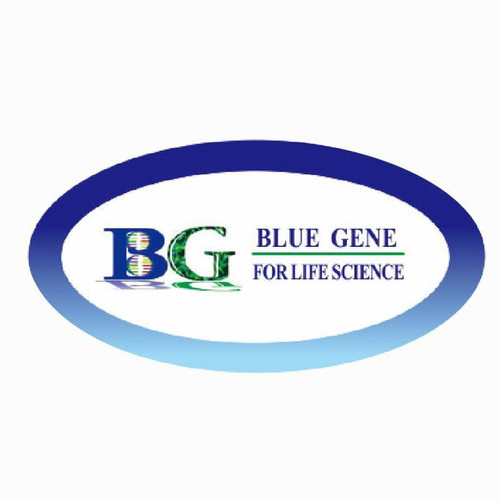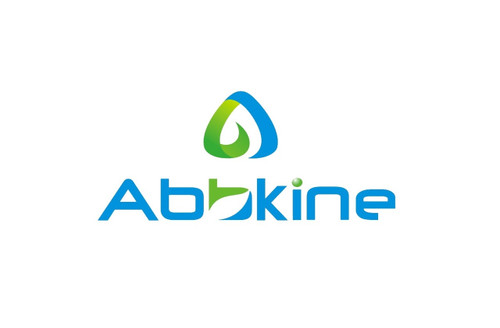Product Description
Human Asialoglyco protein receptor (ASGPR) ELISA Kit | AE63114HU | Abebio
Species Reactivity: Human (Homo sapiens)
Abbreviation: ASGPR
Alternative Name: N/A
Application: ELISA
Range: 0.156-10 ng/mL
Sensitivity: 0.056 ng/mL
Intra-Assay: ≤4.5%
Inter-Assay: ≤7.8%
Recovery: 0, 95
Sample Type: Serum, Plasma, Other biological fluids
Detection Method: Sandwich
Analysis Method : Quantitive
Test Principale: This assay employs a two-site sandwich ELISA to quantitate ASGPR in samples. An antibody specific for ASGPR has been pre-coated onto a microplate. Standards and samples are pipetted into the wells and anyASGPR present is bound by the immobilized antibody. After removing any unbound substances, a biotin-conjugated antibody specific for ASGPR is added to the wells. After washing, Streptavidin conjugated Horseradish Peroxidase (HRP) is added to the wells. Following a wash to remove any unbound avidin-enzyme reagent, a substrate solution is added to the wells and color develops in proportion to the amount of ASGPR bound in the initial step. The color development is stopped and the intensity of the color is measured.
Product Overview: The asialoglycoprotein receptor binds to desialylated (galactosyl-terminal) glycoproteins. It transports these glycoproteins via a series of membrane vesicles and tubules to an acidic-sorting organelle where the receptor and ligand dissociate.The ASGR1 gene encodes a glycoprotein that forms the asialoglycoprotein receptor, also known as the Ashwell receptor, which is specific for desialylated (galactosyl-terminal) glycoproteins and is expressed exclusively in hepatic parenchymal cells. Partially deglycosylated plasma glycoproteins are efficiently and specifically removed from the circulation via this receptor-ligand complex. Many functional studies describing the kinetics of ligand-binding, internalization, and recycling of such receptors have been performed on the human hepatoma cell line HepG2.
Stability: The stability of ELISA kit is determined by the loss rate of activity. The loss rate of this kit is less than 5% within the expiration date under appropriate storage condition. The loss rate was determined by accelerated thermal degradation test. Keep the kit at 37°C for 4 and 7 days, and compare O.D.values of the kit kept at 37°C with that of at recommended temperature. (referring from China Biological Products Standard, which was calculated by the Arrhenius equation. For ELISA kit, 4 days storage at 37°C can be considered as 6 months at 2 - 8°C, which means 7 days at 37°C equaling 12 months at 2 - 8°C) .
 Euro
Euro
 USD
USD
 British Pound
British Pound
 NULL
NULL








